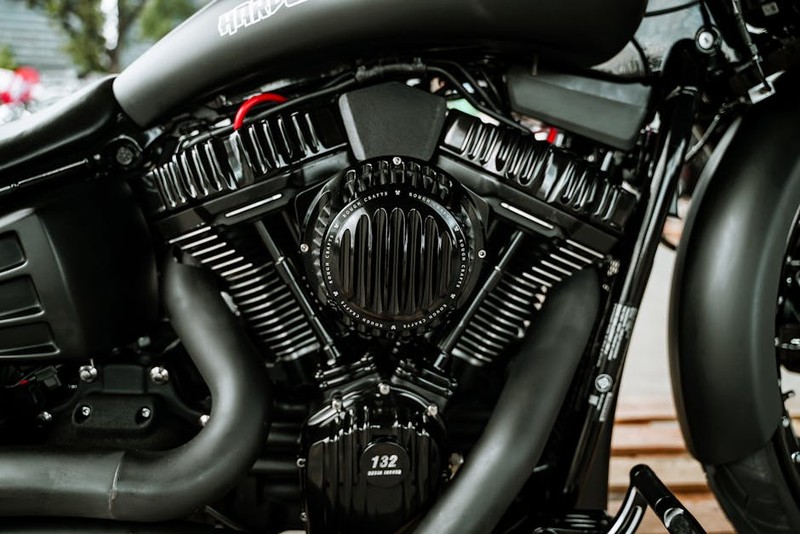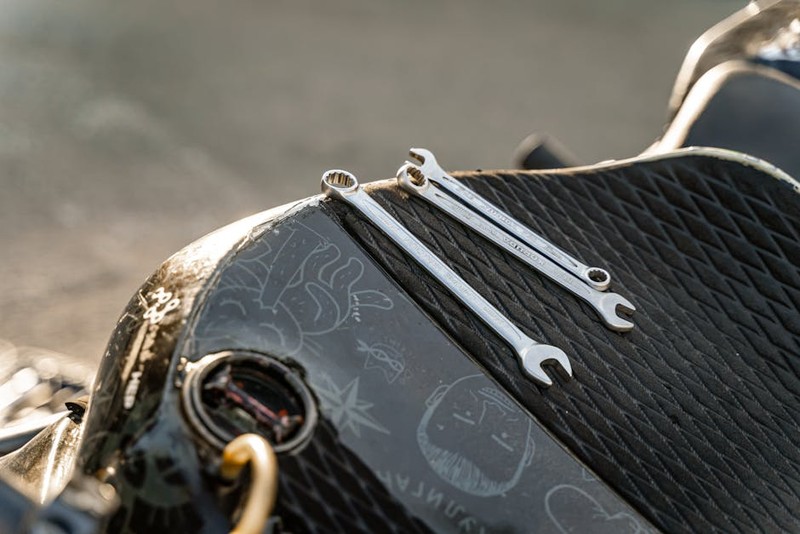The Hidden Challenge: Where Luxury Meets Engineering
Luxury commercial projects—think flagship retail stores, five-star hotels, or corporate headquarters—demand hardware that transcends functionality. It must embody the brand’s identity, withstand heavy use, and integrate seamlessly with avant-garde architecture. The paradox? The more unique the design, the harder it is to engineer.
In my work with a renowned luxury hotel chain, we faced a recurring issue: off-the-shelf hardware failed to align with the architect’s vision of fluid, organic forms. Standard hinges and handles looked out of place on curved, matte-black steel doors. The solution? Custom fabrication—but with three critical hurdles:
1. Material Compatibility: Luxury finishes (e.g., brushed brass, PVD-coated steel) require precise alloy blends to avoid corrosion or wear.
2. Tolerance Precision: A gap of even 0.5mm can ruin the sleek look of a minimalist door pull.
3. Scale and Lead Time: Mass-producing custom parts without sacrificing quality is a logistical tightrope.
Case Study: The Flagship Retail Store That Redefined Bespoke Hardware
The Problem
A global fashion brand wanted door handles that mirrored the fluidity of their clothing designs—a sinuous, uninterrupted curve in polished nickel. Off-the-shelf options were rigid and angular.
The Solution
We partnered with a specialty foundry to:
– Prototype in wax: 3D-printed molds allowed for rapid iterations of the organic shape.
– Electropolish the nickel: This removed microscopic imperfections, achieving a mirror finish.
– Integrate hidden screws: Fasteners were recessed and aligned with the handle’s “flow” to maintain visual continuity.
The Results
- 20% faster installation: Pre-drilled, custom-fitted hardware eliminated on-site adjustments.
- Zero callbacks: No finish wear or loosening after 18 months of heavy use.
- Brand acclaim: The hardware became a talking point in industry design awards.

Expert Strategies for Success

1. Material Selection: Beyond Aesthetics
Luxury isn’t just about looks—it’s about longevity. Common pitfalls I’ve witnessed:
– Brass vs. Brass-Plated: Solid brass develops a patina; plated brass chips under friction. For a high-traffic hotel lobby, we used naval brass (a copper-zinc blend with 1% tin) for corrosion resistance.
– Weight Matters: A door pull should feel substantial. For a flagship store, we weighted hollow stainless steel handles with internal sand cores to achieve a premium heft.
2. Precision Engineering: The 0.1mm Rule
In custom hardware, tolerances are non-negotiable. A recent office tower project required 200 identical door closers. Our approach:
– Laser scanning: Verified each mounting plate’s position to within ±0.1mm.
– Jig-based assembly: Ensured consistency across all units.
Data Snapshot:
| Process | Standard Tolerance | Custom Tolerance |
|———|——————-|——————|
| CNC Machining | ±0.5mm | ±0.1mm |
| Surface Finish | Ra 1.6µm | Ra 0.4µm (mirror) |
3. Collaboration Is Key
Architects don’t speak machining lingo, and engineers don’t intuit design intent. Bridging this gap requires:
– 3D renderings with material samples: For a boutique hotel, we paired digital models with physical swatches of oxidized copper to align expectations.
– Pre-installation mockups: A full-scale prototype of a custom pivot hinge saved $15K in rework costs.
The Future: Smart Custom Hardware
Luxury is evolving. A recent project integrated RFID-enabled handles for keyless entry, clad in hand-forged bronze. The lesson? Custom hardware must now marry tradition with tech—without compromising on tactile elegance.
Key Takeaways
- Prototype relentlessly: 3D printing and CNC sampling prevent costly mid-project redesigns.
- Invest in finishes: PVD coatings can extend hardware life by 10+ years in coastal climates.
- Document everything: Create a “hardware bible” for maintenance teams to preserve the design’s integrity.
In luxury commercial projects, hardware is the silent ambassador of the brand. Get it right, and it elevates every interaction—one precise, polished detail at a time.